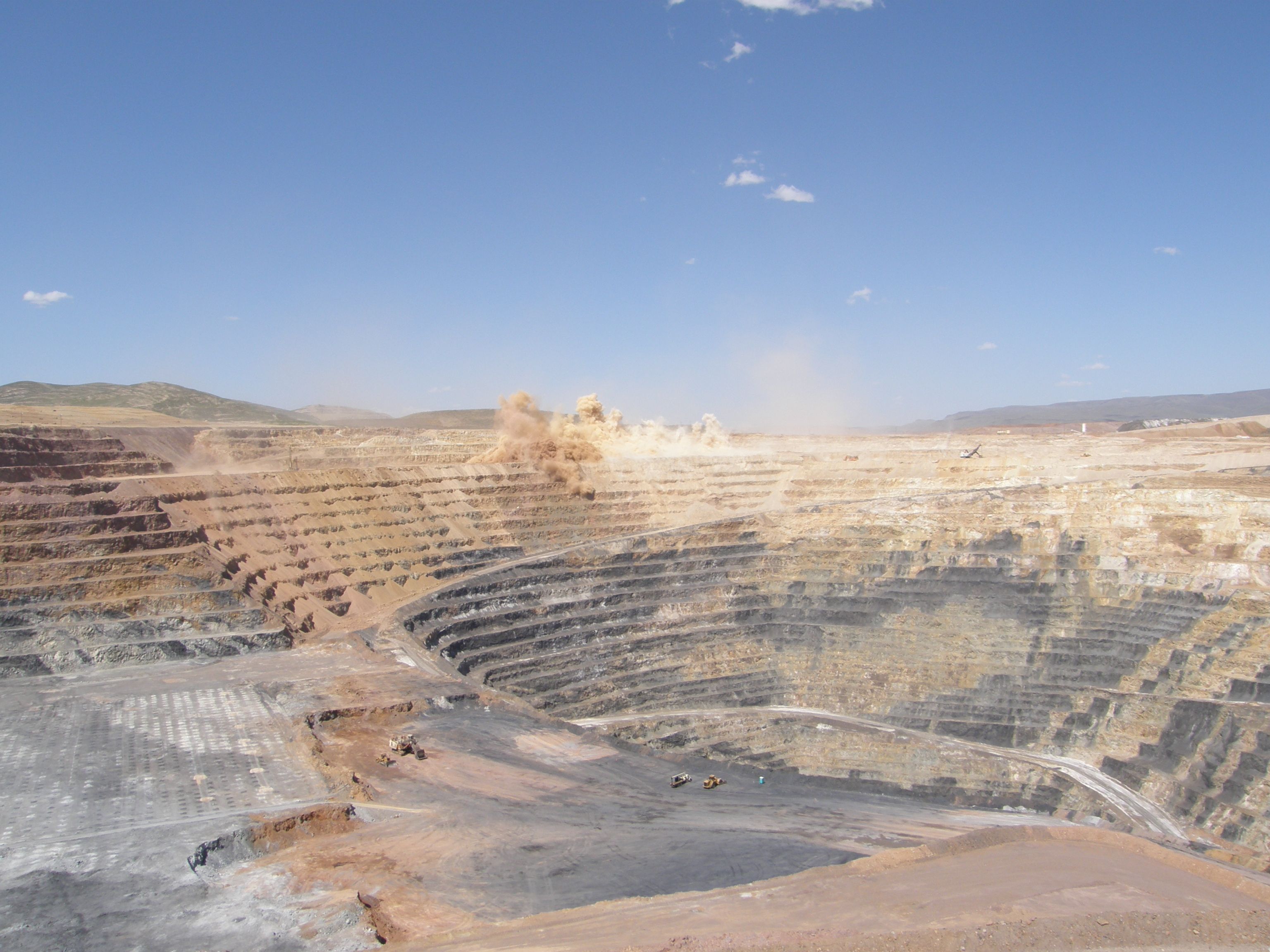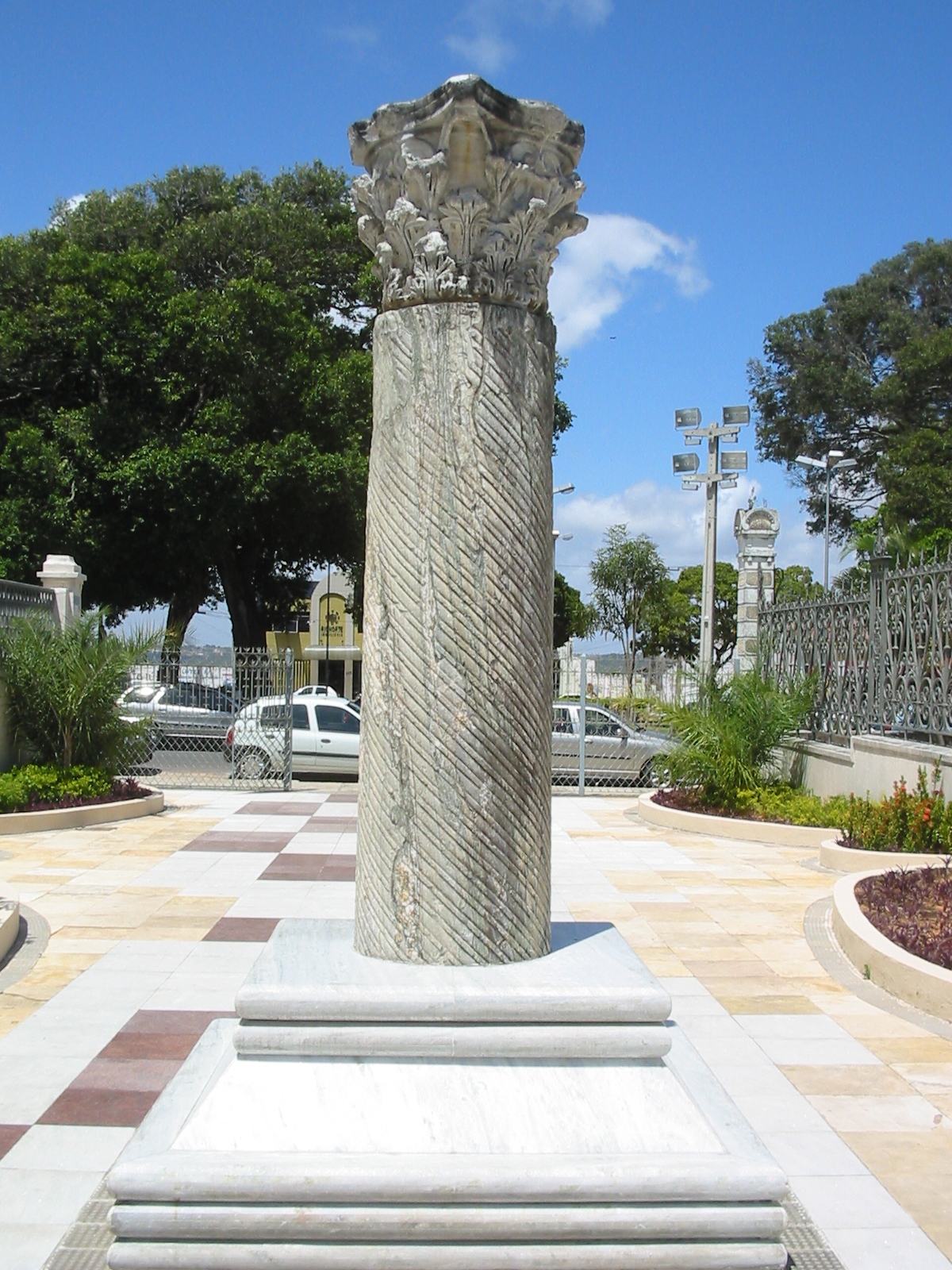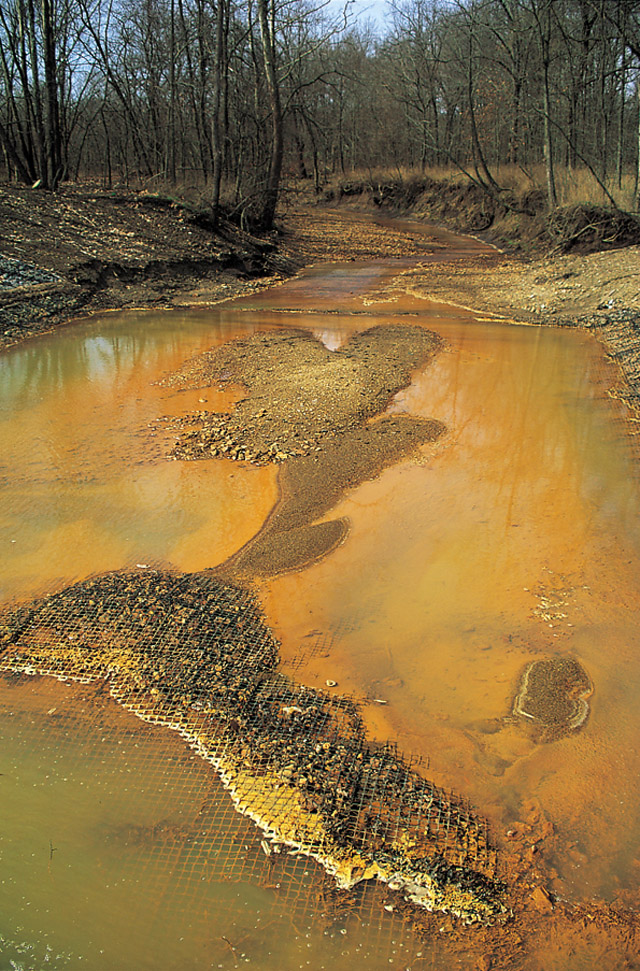|
Currais Novos Mine
The Currais Novos mine is a large open pit mine located in Rio Grande do Norte state of Brazil. Its purpose is the recovery of tungsten from two tailings In mining, tailings or tails are the materials left over after the process of separating the valuable fraction from the uneconomic fraction (gangue) of an ore. Tailings are different from overburden, which is the waste rock or other material ... piles, from the Barra Verde and Boca de Laje mines. Currais Novos represents one of the largest tungsten reserves in Brazil having estimated reserves of 4.31 million tonnes of ore grading 0.1% tungsten. References Tungsten mines in Brazil {{Brazil-mine-stub ... [...More Info...] [...Related Items...] OR: [Wikipedia] [Google] [Baidu] |
Northeast Region, Brazil
The Northeast Region of Brazil ( ) is one of the five official and political regions of the country according to the Brazilian Institute of Geography and Statistics. Of Brazil's twenty-six states, it comprises nine: Maranhão, Piauí, Ceará, Rio Grande do Norte, Paraíba, Pernambuco, Alagoas, Sergipe and Bahia, along with the Fernando de Noronha archipelago (formerly a separate territory, now part of Pernambuco). Chiefly known as ''Nordeste'' ("Northeast") in Brazil, this region was the first to be colonized by the Portuguese and other European peoples, playing a crucial role in the country's history. ''Nordestes dialects and rich culture, including its folklore, cuisines, music and literature, became the most easily distinguishable across the country. To this day, ''Nordeste'' is known for its history and culture, as well as for its natural environment and its hot weather. ''Nordeste'' stretches from the Atlantic seaboard in the northeast and southeast, northwest ... [...More Info...] [...Related Items...] OR: [Wikipedia] [Google] [Baidu] |
Brazil
Brazil, officially the Federative Republic of Brazil, is the largest country in South America. It is the world's List of countries and dependencies by area, fifth-largest country by area and the List of countries and dependencies by population, seventh-largest by population, with over 212 million people. The country is a federation composed of 26 Federative units of Brazil, states and a Federal District (Brazil), Federal District, which hosts the capital, Brasília. List of cities in Brazil by population, Its most populous city is São Paulo, followed by Rio de Janeiro. Brazil has the most Portuguese-speaking countries, Portuguese speakers in the world and is the only country in the Americas where Portuguese language, Portuguese is an Portuguese-speaking world, official language. Bounded by the Atlantic Ocean on the east, Brazil has a Coastline of Brazil, coastline of . Covering roughly half of South America's land area, it Borders of Brazil, borders all other countries and ter ... [...More Info...] [...Related Items...] OR: [Wikipedia] [Google] [Baidu] |
Tungsten
Tungsten (also called wolfram) is a chemical element; it has symbol W and atomic number 74. It is a metal found naturally on Earth almost exclusively in compounds with other elements. It was identified as a distinct element in 1781 and first isolated as a metal in 1783. Its important ores include scheelite and wolframite, the latter lending the element its alternative name. The free element is remarkable for its robustness, especially the fact that it has the highest melting point of all known elements, melting at . It also has the highest boiling point, at . Its density is 19.254 g/cm3, comparable with that of uranium and gold, and much higher (about 1.7 times) than that of lead. Polycrystalline tungsten is an intrinsically brittle and hard material (under standard conditions, when uncombined), making it difficult to work into metal. However, pure single-crystalline tungsten is more ductile and can be cut with a hard-steel hacksaw. Tungsten occurs in many alloys ... [...More Info...] [...Related Items...] OR: [Wikipedia] [Google] [Baidu] |
Open Pit
Open-pit mining, also known as open-cast or open-cut mining and in larger contexts mega-mining, is a surface mining technique that extracts rock or minerals from the earth. Open-pit mines are used when deposits of commercially useful ore or rocks are found near the surface where the overburden is relatively thin. In contrast, deeper mineral deposits can be reached using underground mining. Open-pit mining is considered one of the most dangerous sectors in the industrial world. It causes significant effects to miners' health, as well as damage to the ecological land and water. Open-pit mining causes changes to vegetation, soil, and bedrock, which ultimately contributes to changes in surface hydrology, groundwater levels, and flow paths. Additionally, open-pit produces harmful pollutants depending on the type of mineral being mined, and the type of mining process being used. Extraction Miners typically drill a series of test holes to locate an underground ore body. From ... [...More Info...] [...Related Items...] OR: [Wikipedia] [Google] [Baidu] |
Rio Grande Do Norte
Rio Grande do Norte (, , ) is one of the states of Brazil. It is located in the northeastern region of the country, forming the northeasternmost tip of the South American continent. The name literally translates as "Great Northern River", referring to the mouth of the Potenji River. The state is divided into 167 municipalities and the capital and largest city is Natal. The state has 410 km (254 mi) of sandy beach A beach is a landform alongside a body of water which consists of loose particles. The particles composing a beach are typically made from Rock (geology), rock, such as sand, gravel, shingle beach, shingle, pebbles, etc., or biological s ...es and contains Rocas Atoll, the only atoll in the Atlantic Ocean. The main economic activity is tourism, followed by the extraction of petroleum (the second largest producer in the country), agriculture, fruit growing and extraction of minerals, including considerable production of seasalt, among other econ ... [...More Info...] [...Related Items...] OR: [Wikipedia] [Google] [Baidu] |
Tungsten
Tungsten (also called wolfram) is a chemical element; it has symbol W and atomic number 74. It is a metal found naturally on Earth almost exclusively in compounds with other elements. It was identified as a distinct element in 1781 and first isolated as a metal in 1783. Its important ores include scheelite and wolframite, the latter lending the element its alternative name. The free element is remarkable for its robustness, especially the fact that it has the highest melting point of all known elements, melting at . It also has the highest boiling point, at . Its density is 19.254 g/cm3, comparable with that of uranium and gold, and much higher (about 1.7 times) than that of lead. Polycrystalline tungsten is an intrinsically brittle and hard material (under standard conditions, when uncombined), making it difficult to work into metal. However, pure single-crystalline tungsten is more ductile and can be cut with a hard-steel hacksaw. Tungsten occurs in many alloys ... [...More Info...] [...Related Items...] OR: [Wikipedia] [Google] [Baidu] |
Tailings
In mining, tailings or tails are the materials left over after the process of separating the valuable fraction from the uneconomic fraction (gangue) of an ore. Tailings are different from overburden, which is the waste rock or other material that overlies an ore or mineral body and is displaced during mining without being processed. Waste valorization is the evaluation of waste and residues from an economic process in order to determine their value in reuse or recycling, as what was gangue at the time of separation may increase with time or more sophisticated recovery processes. The extraction of minerals from ore can be done two ways: placer mining, which uses water and gravity to concentrate the valuable minerals, or hard rock mining, which pulverizes the rock containing the ore and then relies on chemical reactions to concentrate the sought-after material. In the latter, the extraction of minerals from ore requires comminution, i.e., grinding the ore into fine partic ... [...More Info...] [...Related Items...] OR: [Wikipedia] [Google] [Baidu] |




